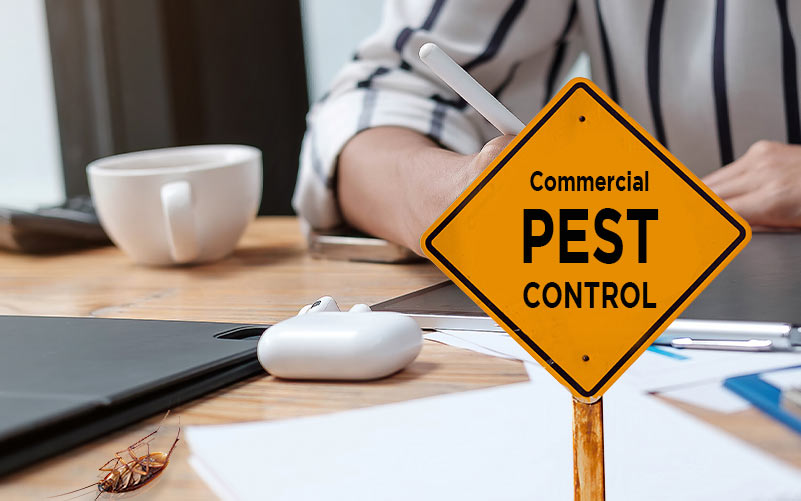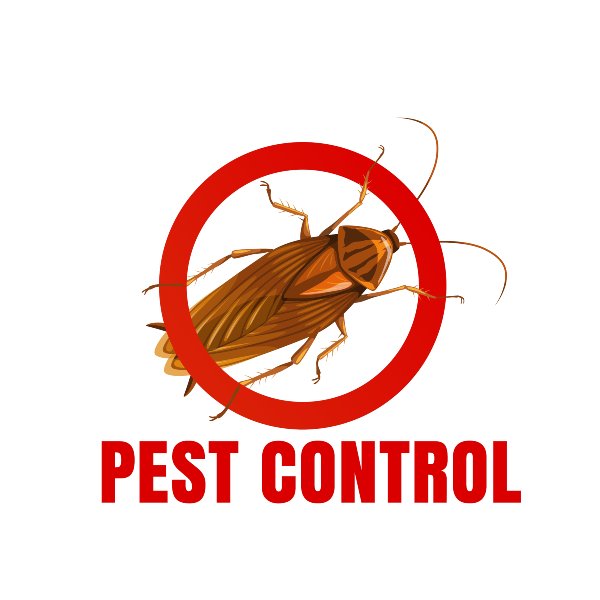High Quality A1 Pest Control Services Charlotte - Safeguard Your Home
High Quality A1 Pest Control Services Charlotte - Safeguard Your Home
Blog Article
Bed Pest Treatment Malfunction: Comparing Chemical Vs. Non-Chemical Solutions
In the world of insect control, especially when managing the persistent issue of bed insects, the choice in between chemical and non-chemical therapy solutions can be a critical one. Both strategies offer unique benefits and drawbacks, influencing aspects such as performance, safety and security factors to consider, and overall price. By taking a look at the nuanced information of each technique, a clearer understanding of which course to go after in attending to a bed bug invasion can be acquired.
Efficiency of Chemical Treatments
Chemical therapies for bed insect invasions have actually been commonly acknowledged for their potent and rapid effectiveness in getting rid of these pests. When taking into consideration the performance of chemical treatments, it is vital to understand that they can give a thorough and fast remedy to a bed insect problem. Professional exterminators often rely on insecticides to target bed bugs at numerous stages of their life cycle, including nymphs, eggs, and adults. These chemicals commonly work by disrupting the bed bugs' nerves, bring about paralysis and eventual death.
In addition, chemical therapies have the advantage of using recurring impacts, meaning that they can proceed to remove bed insects also after the initial application. This residual activity is particularly helpful in combating any prospective re-infestations. Furthermore, the quick action of chemical therapies can bring relief to people facing severe bed bug problems, permitting them to regain control of their space promptly.
Safety And Security Interest In Chemical Solutions
One crucial aspect that calls for mindful factor to consider when making use of chemical remedies for bed pest treatment is making sure the safety of residents and the atmosphere. Direct exposure to specific chemicals used in bed bug treatments can lead to breathing problems, skin irritation, or various other unfavorable reactions, specifically in people with pre-existing problems or sensitivities.
Furthermore, the ecological influence of chemical options is an additional considerable factor to consider. Some chemicals used in bed insect therapies might be damaging to helpful pests, wild animals, and ecological communities if they seep right into the dirt or water supply. It is necessary to use chemical treatments judiciously, complying with safety standards, and considering much less hazardous choices to reduce these dangers and guarantee the efficient and secure administration of bed bug problems.
Benefits of Non-Chemical Techniques
Considering the prospective safety and security worries and environmental impact connected with chemical remedies for bed pest treatment, discovering non-chemical approaches offers an encouraging option with several distinctive advantages. Non-chemical therapies are eco friendly, as they do not contribute to air or water air pollution, making them a lasting selection for bug control.
Furthermore, non-chemical services can be effective in targeting bed bugs, including hard-to-reach locations where chemical therapies may not permeate. Methods such as heat treatment, vacuuming, vapor cleaning, and mattress encasements give comprehensive removal without the usage of damaging chemicals. Moreover, non-chemical methods can be less turbulent, requiring very little preparation and enabling quicker reentry into treated locations. Overall, going with non-chemical bed bug therapy approaches not just focuses on safety and ecological defense but additionally guarantees reliable and thorough pest control.
Limitations of Non-Chemical Treatments

In addition, non-chemical treatments commonly call for numerous applications to attain successful elimination. This can be taxing and might not always assure full elimination of all bed pests and their eggs, specifically in hard-to-reach or covert locations.
Furthermore, the success of non-chemical therapies greatly counts on proper application and thoroughness, which can be challenging for people without expert know-how. Insufficient application of non-chemical techniques may result in incomplete eradication, bring about relentless infestations and the demand for additional treatments.
As a result, while non-chemical treatments have their benefits, it is vital to recognize these limitations and consider them when establishing the most efficient method for taking care of bed insect invasions.
Price Comparison: Chemical Vs. Non-Chemical Options
Offered the restrictions connected with non-chemical termite eradication therapies, a crucial aspect to assess in the context of bed insect monitoring is the cost contrast between chemical and non-chemical choices. Chemical therapies usually involve the application of pesticides by professionals, which can range from $250 to $900 per area, depending on the seriousness of the invasion and the dimension of the location to be treated. On the other hand, non-chemical treatments like warmth therapy or heavy steam can be a lot more costly, with costs ranging from $1,000 to $6,000 for a whole home. While the initial cost of chemical treatments may seem reduced, multiple treatments may be called for to fully get rid of the infestation, possibly enhancing the total price. On the various other hand, non-chemical choices might supply a much more sustainable and eco-friendly remedy, although they can be cost-prohibitive for some individuals. Ultimately, when thinking about the cost of bed bug therapy alternatives, it is very important to weigh the in advance costs against the effectiveness and lasting sustainability of the selected method.
Conclusion

Considering the potential safety and security problems and ecological impact linked with chemical options for bed bug treatment, discovering non-chemical approaches offers an appealing option with several distinctive advantages.Given the restrictions connected with non-chemical treatments, an essential facet to evaluate in the context of bed insect management is the cost comparison in between chemical and non-chemical choices. In comparison, non-chemical treatments like warmth treatment or vapor can be much more expensive, with costs varying from $1,000 to $6,000 for an entire home. While the preliminary price of chemical treatments might seem lower, read more numerous therapies may be needed to fully eliminate the infestation, possibly boosting the total expense.In conclusion, when contrasting chemical and non-chemical bed insect treatment alternatives, it is vital to take into consideration efficiency, safety, benefits, restrictions, and price.
Report this page